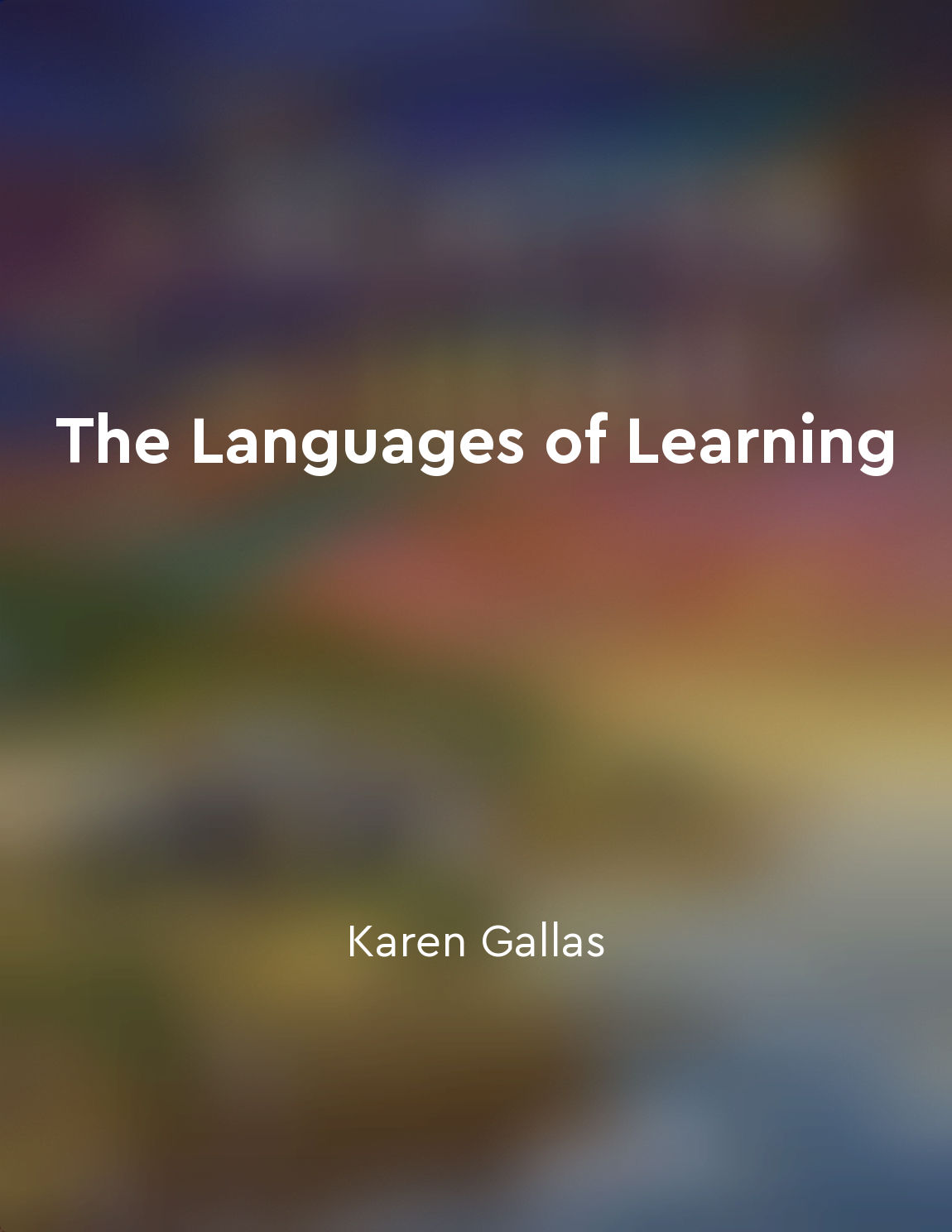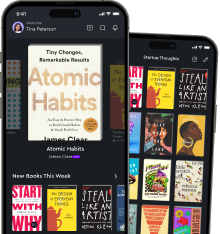Language structures human thought from "summary" of The Patterning Instinct by Jeremy R. Lent
The concept that language structures human thought lies at the heart of understanding how our minds have been shaped over the course of history. The way we communicate with each other - through words, symbols, and gestures - not only reflects our thoughts, but also actively shapes the way we think about the world. Language is not simply a tool for transmitting information; it is a medium through which we construct meaning and make sense of our experiences. The words we use, the grammar we follow, and the stories we tell all influence the way we perceive reality and form our beliefs. As we develop language skills from a young age, we internalize the patterns and structures of our native language. These linguistic frameworks become the lens through which we view the world, shaping our understanding of concepts such as time, space, and causality. Different languages have unique ways of categorizing and organizing the world, leading speakers to perceive reality in distinct ways. For example, languages that rely heavily on spatial metaphors may influence speakers to think of time in terms of space (e. g. "looking forward to the future"). Moreover, language is not only a reflection of our thoughts, but also a driver of cultural evolution. The stories we tell, the myths we create, and the values we uphold are all transmitted through language, shaping societal norms and behaviors. By understanding the profound impact of language on human cognition, we can begin to appreciate the power of words in shaping our individual and collective consciousness. Language is not just a tool for communication; it is a fundamental aspect of what makes us human, influencing the way we perceive the world and construct meaning in our lives.Similar Posts
Cultural cognition leads to cultural evolution
Cultural cognition is the process by which individuals acquire, store, retrieve, and use information about their cultural envir...

Social proof can sway opinions and actions
When we're unsure about what to do, we often look to others for cues. This phenomenon, known as social proof, can significantly...
Benefits of bilingualism in the business world
In today's globalized business world, the ability to speak more than one language is becoming increasingly valuable. Bilinguali...
Language bridges divides
Language is a powerful tool that has the ability to bring people together, even in the face of seemingly insurmountable divides...
Selfinterest often drives actions
It is a common observation that individuals are primarily motivated by self-interest. People tend to act in ways that they beli...
Mental dispositions are not hidden qualities
According to Gilbert Ryle, mental dispositions are not hidden qualities that lie beneath the surface of our actions. Instead, t...
Create a positive and supportive questioning environment
Creating a positive and supportive questioning environment is crucial for fostering growth and learning. It involves setting th...

Matching and mirroring can create connection with others
Matching and mirroring are powerful techniques that can help you establish a deeper connection with others. When you match some...

Teachers must pay attention to all languages of learning
To truly support students in their learning journeys, educators must be attuned to the various ways in which children express t...
Critical thinking in education
The concept of critical thinking in education is a fundamental aspect of the learning process. It goes beyond simply memorizing...
